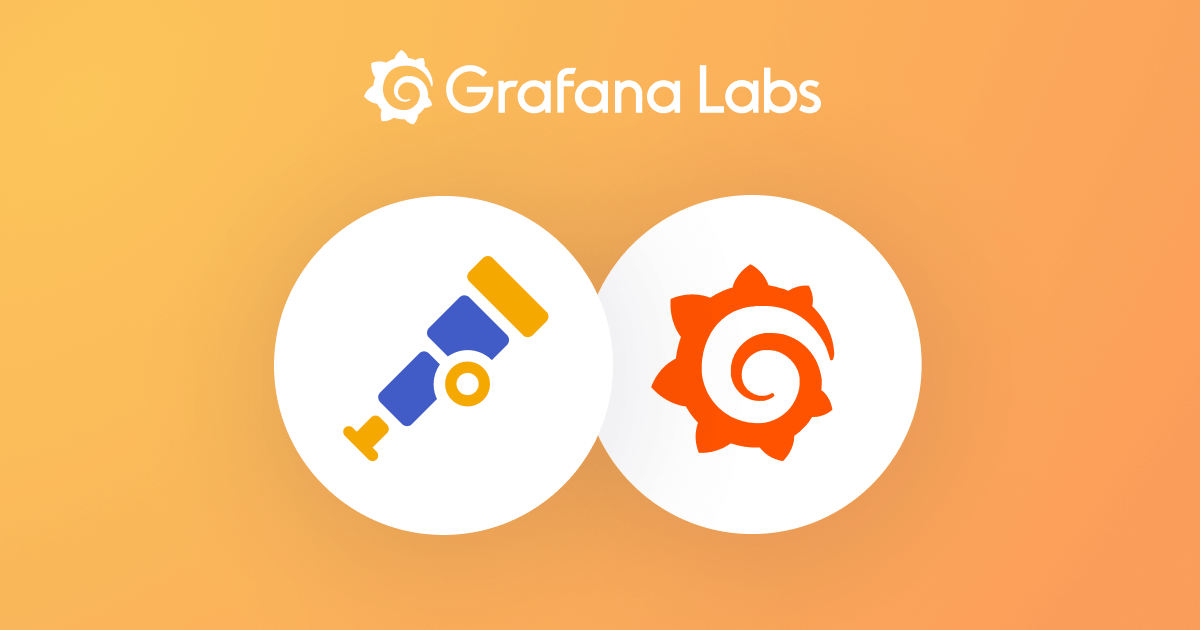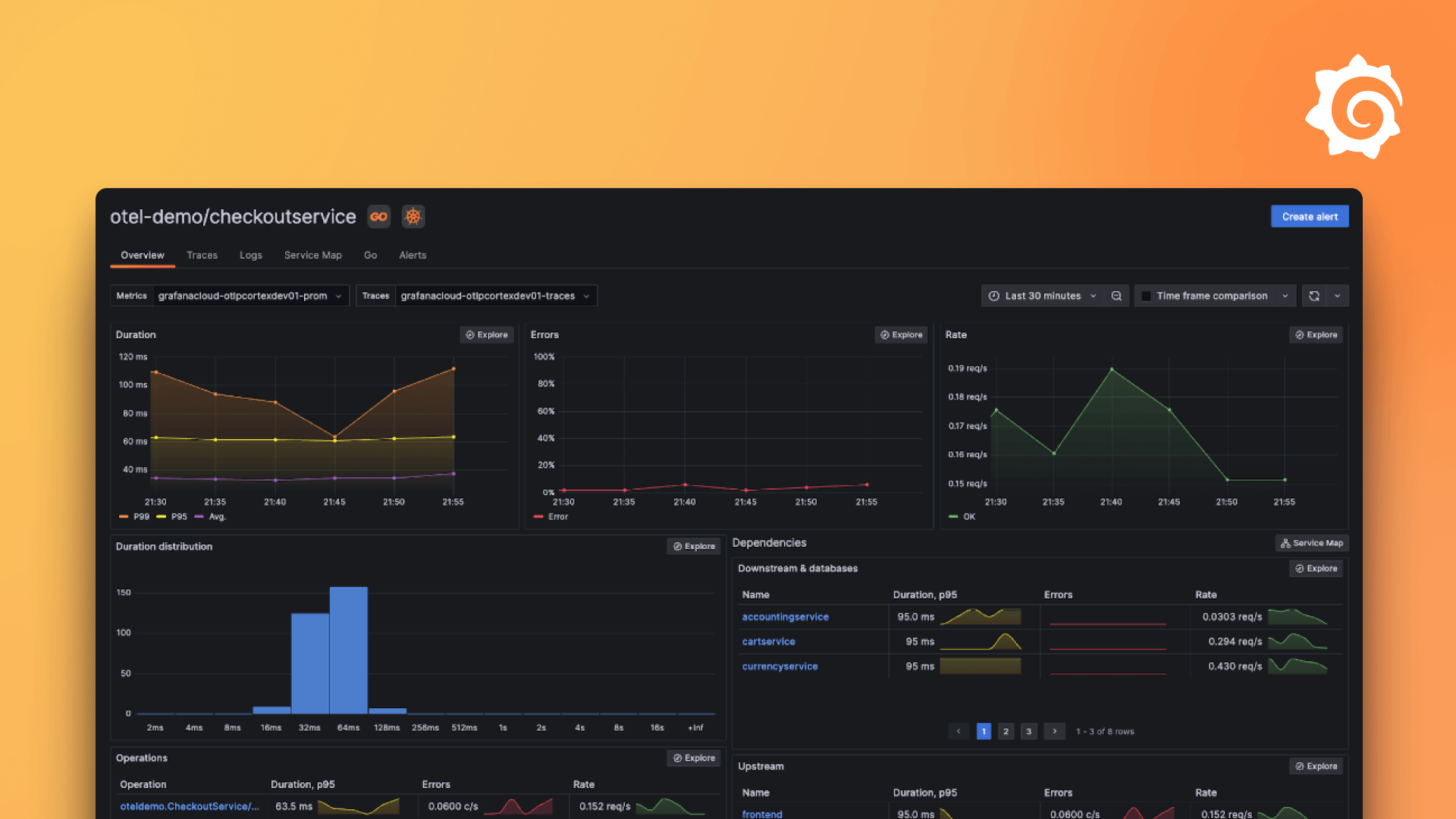使用 Grafana Alloy 监控本地文件中的日志
日志文件记录系统、应用程序或网络中的事件、活动和使用模式。这些文件对于监控、故障排除和理解系统行为至关重要。借助 Alloy,您可以收集日志,将其转发到 Grafana 技术栈,并创建仪表盘来监控您的系统行为。
该 alloy-scenarios 仓库包含 Alloy 部署的完整示例。克隆该仓库并使用这些示例来了解 Alloy 如何收集、处理和导出遥测信号。
在此示例场景中,Alloy 从本地文件收集日志,并将其转发到 Loki 目的地。
开始之前
确保您已安装以下工具
注意
您需要管理员权限才能运行
docker命令。
克隆并部署示例
按照以下步骤克隆 scenarios 仓库并部署监控示例
克隆 Alloy scenarios 仓库。
git clone https://github.com/grafana/alloy-scenarios.git启动 Docker 以部署 Grafana 技术栈。
cd alloy-scenarios/logs-file docker compose up -d验证 Docker 容器的状态
docker ps(可选)探索完此示例后,停止 Docker 以关闭 Grafana 技术栈。
docker compose down
监控和可视化您的数据
使用 Grafana 监控您的部署健康状况并可视化您的数据。
监控 Alloy
要监控您的 Alloy 部署健康状况,请打开浏览器并访问 https://:12345。
有关 Alloy UI 的更多信息,请参阅调试 Grafana Alloy。
可视化您的数据
要使用 Grafana Logs Drilldown,请打开浏览器并访问 https://:3000/a/grafana-lokiexplore-app。
要创建用于可视化指标和日志的仪表盘,请打开浏览器并访问 https://:3000/dashboards。
理解 Alloy 配置
此示例使用 config.alloy 文件来配置用于日志记录的 Alloy 组件。您可以在克隆的仓库中的 alloy-scenarios/logs-file/ 找到此文件。
配置中包含 livedebugging,用于将实时数据流式传输到 Alloy UI。
配置 livedebugging
livedebugging 将您的组件中的实时数据直接流式传输到 Alloy UI。有关此功能的更多详细信息,请参阅故障排除文档。
livedebugging
默认情况下,livedebugging 是禁用的。通过 livedebugging 配置块明确启用它,以使调试数据在 Alloy UI 中可见。
livedebugging {
enabled = true
}配置日志记录
此示例中的日志记录配置需要以下三个组件
local.file_matchloki.source.fileloki.write
local.file_match
local.file_match 组件使用 glob 模式发现本地文件系统上的文件。在此示例中,该组件需要以下参数
path_targets: 要扩展的目标。在__path__键上查找 glob 模式。sync_period: 同步文件系统和目标的频率。
local.file_match "local_files" {
path_targets = [{"__path__" = "/temp/logs/*.log", "job" = "python", "hostname" = constants.hostname}]
sync_period = "5s"
}loki.source.file
loki.source.file 组件从文件中读取日志条目并将其转发给其他 Loki 组件。在此示例中,该组件需要以下参数
targets: 要读取日志的文件列表。forward_to: 要发送日志条目的接收器列表。tail_from_end: 如果找不到存储位置,是否从文件末尾开始读取日志文件。
loki.source.file "log_scrape" {
targets = local.file_match.local_files.targets
forward_to = [loki.write.local.receiver]
tail_from_end = true
}loki.write
loki.write 组件将日志写入 Loki 目的地。在此示例中,该组件需要以下参数
url: 定义将日志发送到 Loki 的完整 URL 端点。
loki.write "local" {
endpoint {
url = "http://loki:3100/loki/api/v1/push"
}
}


